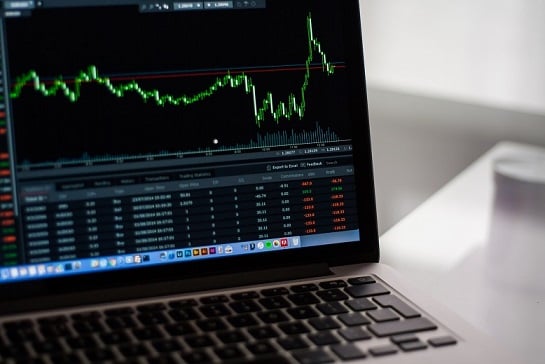

Annual credit growth fell to a five-year low of 3.9% in March, with annual personal credit growth simultaneously reaching a nine-year low of 2.8%.
Annual housing credit growth is decelerating due to the decline in housing finance and falling home prices, while annual investor housing credit growth is the weakest on record. Further, credit card debt is down by 4.8%, the second biggest annual decline since June 2002.
According to APRA, credit card lending fell from $40.3bn in February to $39.9bn in March. Not only are consumers paying off their plastic debts by the due date, but the growth rate of credit card debt is near 17-year lows, likely due to the prominence of other ‘purchase now, pay later’ facilities such as Afterpay.
However, according to analysis by CommSec – which compiled the figures – the trends mean Aussies have become “increasingly wary of debt”.
“Aussies are saving more and spending less – not good news for retailers or the broader economy,” the report stated.
“Mortgage debt remains elevated however, the bottoming of the savings rate in the December quarter and decline in the annual growth rate of personal credit to nine-year lows, points to a deleveraging of household balance sheets. Further, the annual growth rate of term deposits is near two-year highs,” it continued.
As a result, consumer confidence is expected to remain "choppy" in the lead up to the election and cost of living pressures will be “front and centre’ of the election campaign”.
Other key figures for March, include:
Elsewhere, the non-banks are showing stronger gains with loans and advances up by 10.5% in the year to March, although down from 11.0% over the year to February.
